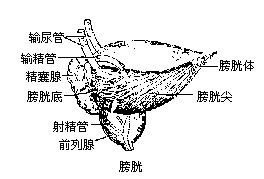Urinary Oxalate and Citrate
互联网
594
The amounts of oxalate and citrate excreted in urine, and their urinary concentrations are important risk factors for the development of calcium oxalate kidney stones (1 ). The most widely used procedures to estimate these analytes are enzyme-based procedures using commercially available reagent kits (2 ,3 ). Components in the urine matrix may interfere with these assays, and some sample cleanup is required to remove them for oxalate analysis. Ion chromatography, although well suited to these determinations (4 ,5 ), is less widely used presumably because of long assay times, the need for expensive equipment, and the maintenance costs associated with the procedure. Capillary electrophoresis enables the rapid determination of oxalate and citrate in the same run, as well as the simultaneous measurement of chloride and sulfate. Estimation of these anions is useful for the calculation of relative supersaturations of urine with calcium oxalate and calcium phosphate. The method developed here utilizes indirect absorption to detect anions (6 ), and relies on the change in absorption observed when oxalate and citrate migrate through the detection window, and displace chromate in the electrolyte. It is important that the chromophoric electrolyte chosen has a migration time similar to that of the anions of interest. Pyromellitic acid is another suitable chromophore that can be used as the electrolyte (7 ).










